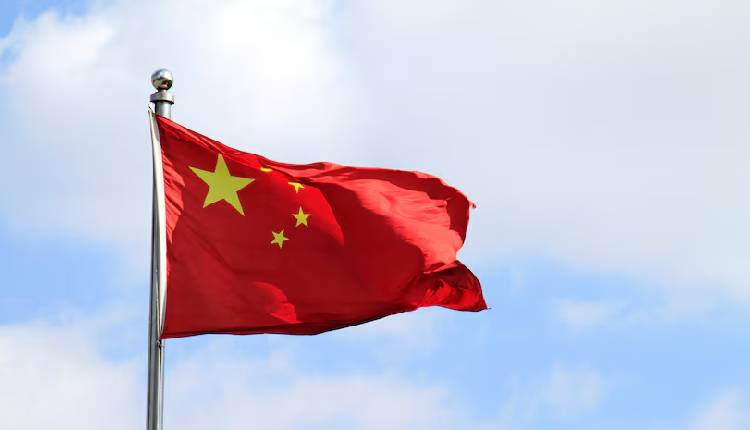China announced new measures on Monday to support its weak currency, including parking more dollars in Hong Kong to strengthen the yuan and easing restrictions on overseas borrowing for companies.
The yuan is struggling at 16-month lows due to a strong dollar, falling Chinese bond yields, and the potential for increased trade barriers under the upcoming Trump administration, prompting action from the central bank.
The People’s Bank of China (PBC) has attempted various methods to halt the decline of the yuan since late last year, such as cautioning against speculative actions and working to boost yields.
On Monday, officials reiterated their warning against speculating on the yuan. The PBC increased the limits for offshore borrowing by companies, apparently to facilitate more foreign exchange inflow.
PBC Governor Pan Gongsheng announced at the Asia Financial Forum in Hong Kong that the central bank will significantly raise the portion of China’s foreign exchange reserves in Hong Kong, but did not give specifics.
China’s foreign reserves totalled approximately $3.2 trillion as of the end of December. There is limited information available regarding the specific investments of these reserves.
“Today’s comments from the PBC indicate that currency stability remains an important priority for the central bank, despite the market often discussing the possibility of intentional devaluation to offset tariffs,” said an economist at ING.
Boosting China’s foreign reserves will provide additional support to protect the currency in case market conditions require it. The onshore yuan traded at 7.3318 per dollar as of 0450 GMT on Monday, close to a 16-month low of 7.3328 reached on Friday.
It has depreciated over three per cent against the dollar since the US election in early November, amid concerns that Trump’s trade tariff threats could further strain the Chinese economy.
Analysts say that the central bank has been expressing concern about the yuan’s decline by consistently setting its official midpoint guidance on the stronger side of market expectations since mid-November.
Monday’s announcements highlight China’s central bank challenges in balancing economic growth, managing bond market volatility, and stabilising the currency amidst uncertainty.
Attribution: Reuters
Subediting: Y.Yasser



